-
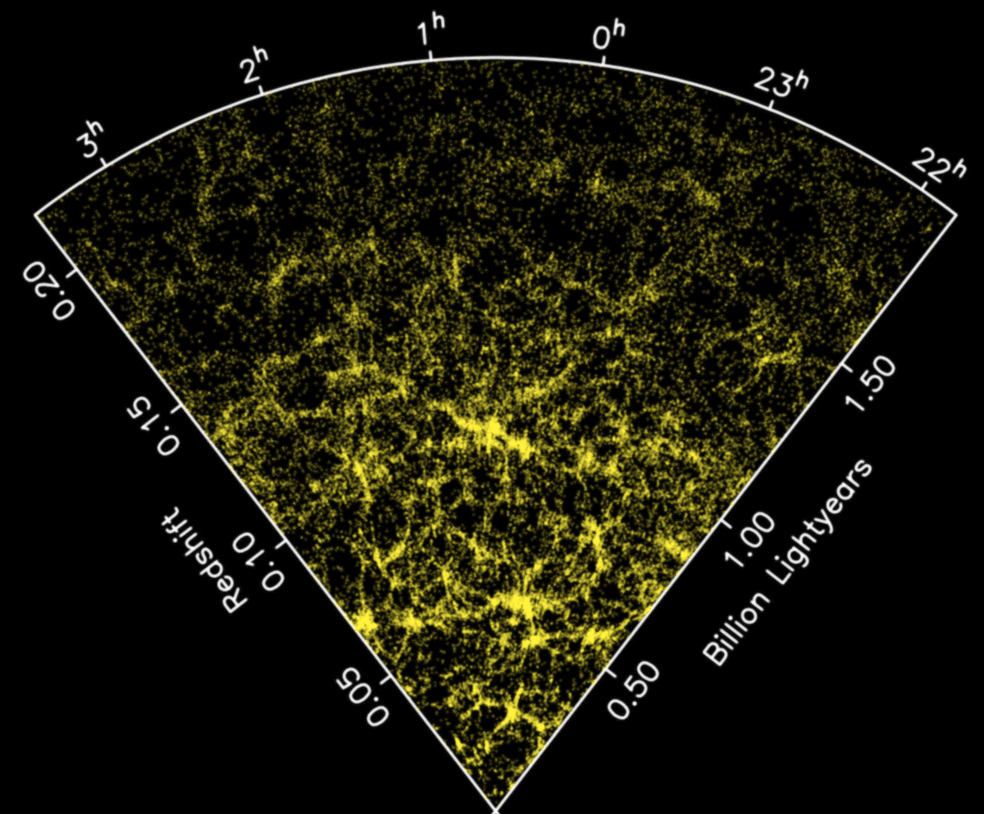 Power-spectrum estimator optimization
Power-spectrum estimator optimizationUsing realistic simulations and including sistematic effects, I intend to test different methods of estimating the matter power-spectrum from galaxy surveys and optimize it for the largest-scales and for the upcoming surveys such as SuMIRe, J-PAS and Euclid. Part of this project involved developing the simulation software FLASK, described below.
-
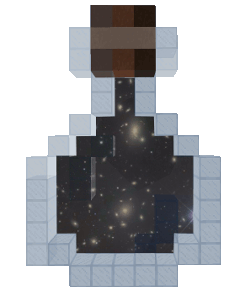 FLASK
FLASKFLASK is a code that can generate full-sky lognormal realizations of an arbitrary number of large-scale structure fields with cross-correlations between them. This extremely versatile tool can be used for: testing data analysis tools and methods; estimating the impact of systematic effects; estimating covariance matrices; and studying the use of cross-correlations to constrain cosmological parameters. It can be applied to various different data such as multiple tracers (luminous red galaxies, line emission galaxies, quasars, dark matter haloes, galaxy clusters), weak lensing convergence, weak lensing shear and CMB temperature anisotropies. It can be downloaded here.
-
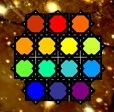 The J-PAS supernova survey
The J-PAS supernova surveyThe Javalambre Physics of the accelerating universe Astrophysical Survey (J-PAS) is a project by Spain and Brazil whose main objective is to measure the expansion of the universe. Using simulations, I explored the supernovae strategies and data outcome expected for the survey.
-
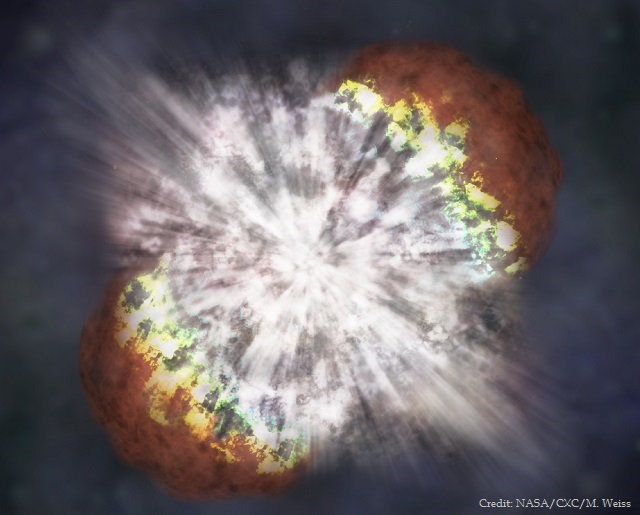 Properties of SNe Ia in rich galaxy clusters
Properties of SNe Ia in rich galaxy clustersUsing the SDSS supernovae database and the GMBCG galaxy cluster catalog, we selected a sample of 48 SNe Ia residing in rich galaxy clusters and compared their properties with SNe Ia in other environments. Our results indicate that the old passive galaxies that commonly populate clusters host faster-declinning SNe Ia.
-
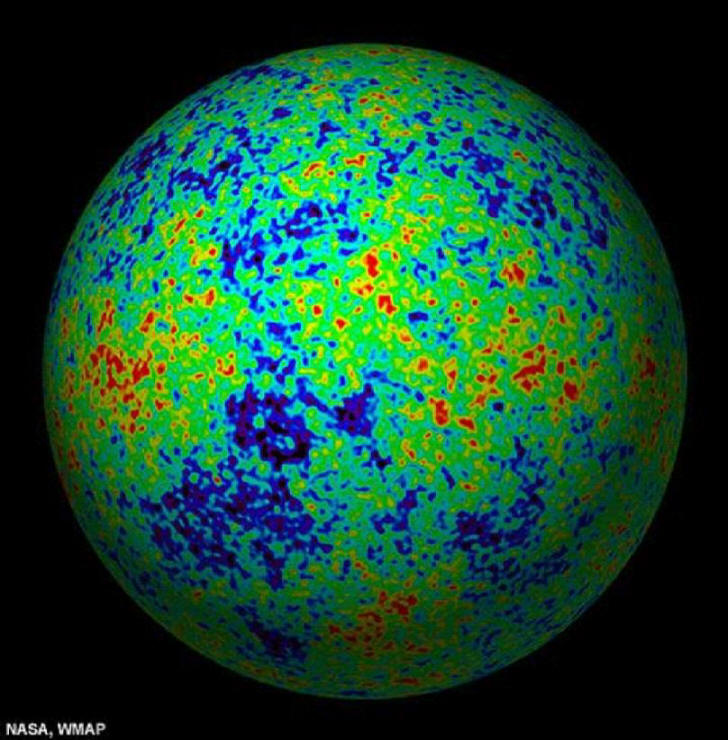 CMB secondary polarization
CMB secondary polarizationThe cosmic microwave background (CMB) is a left-over radiation from the primordial universe, and its polarization state can be altered by scatterings with free hot electrons in galaxy clusters. This secondary polarization carries extra information about the primordial universe since it depends on the CMB generated in different points in space and on the large scale matter distribution of the recent universe. We studied a way of extracting this information and of representing it in the real space.